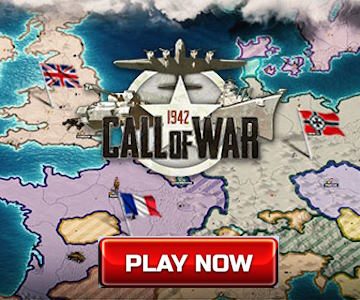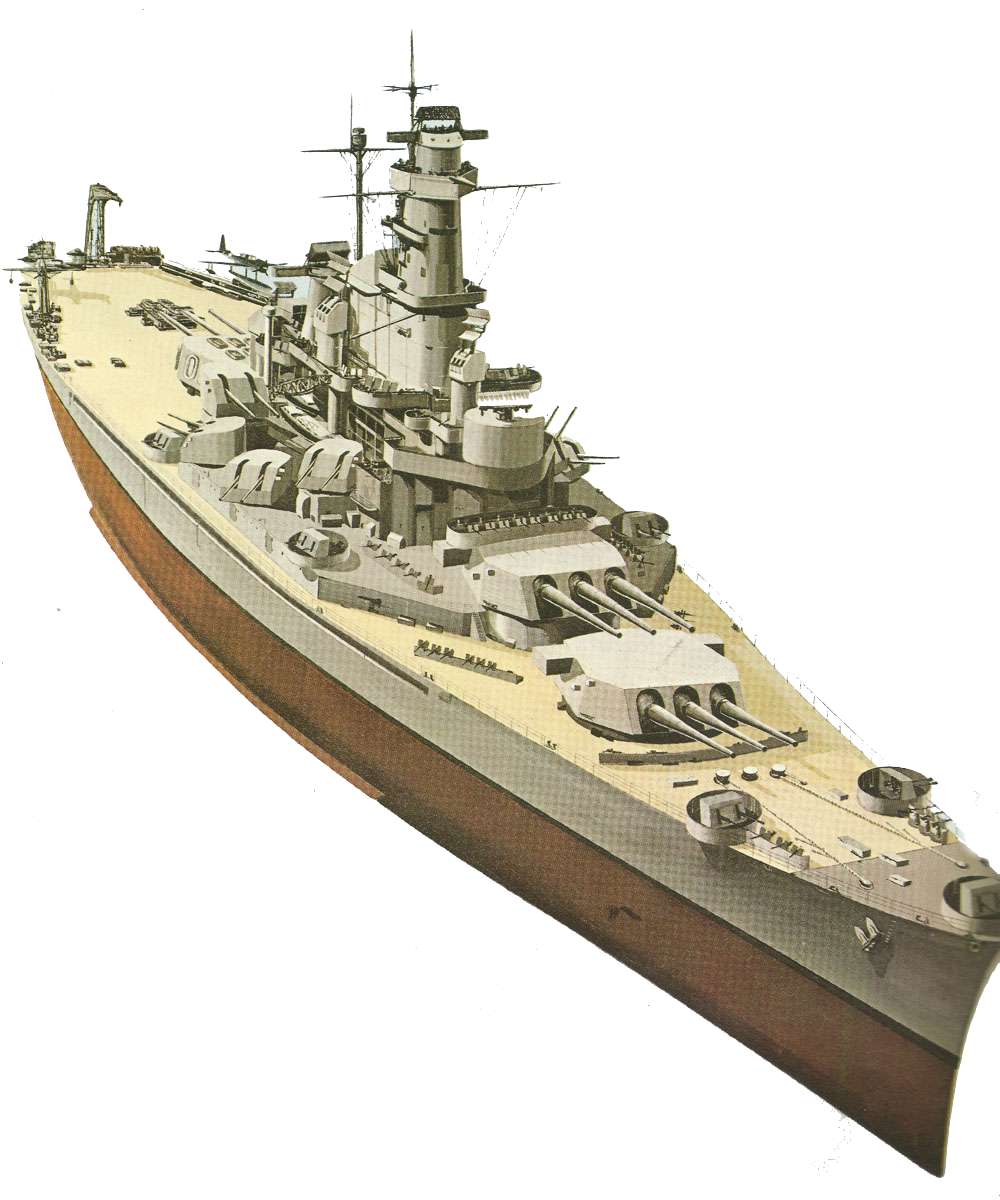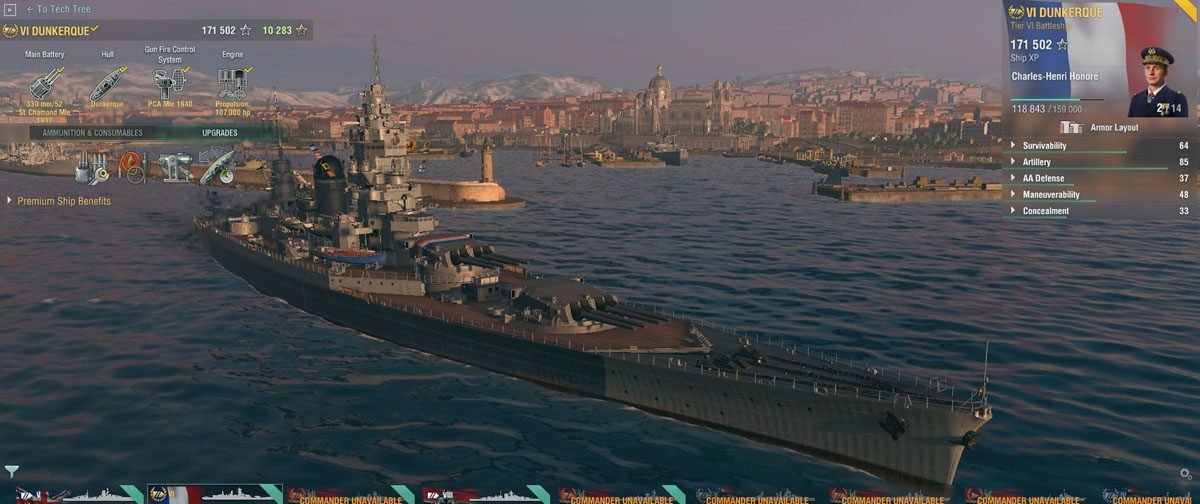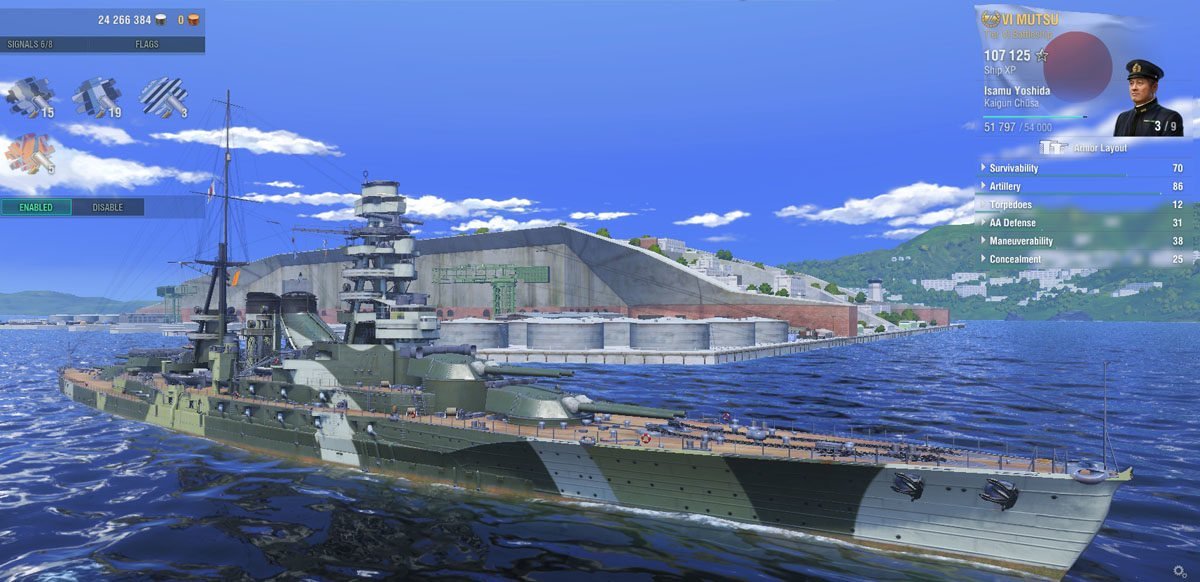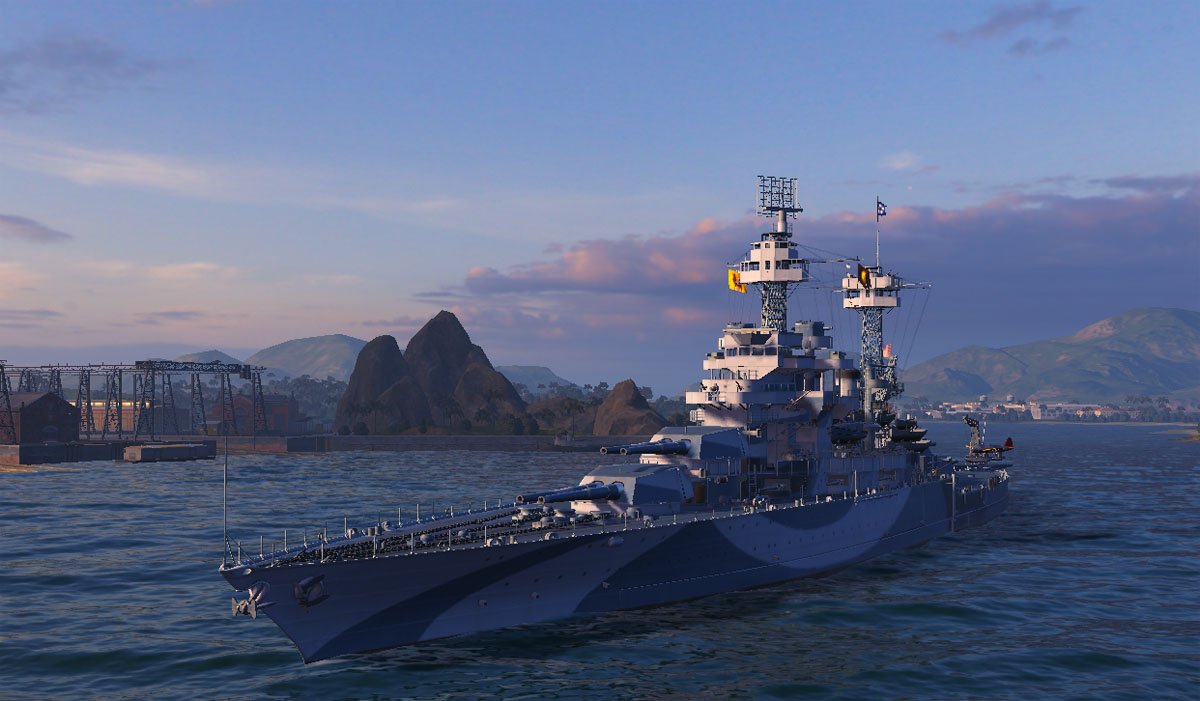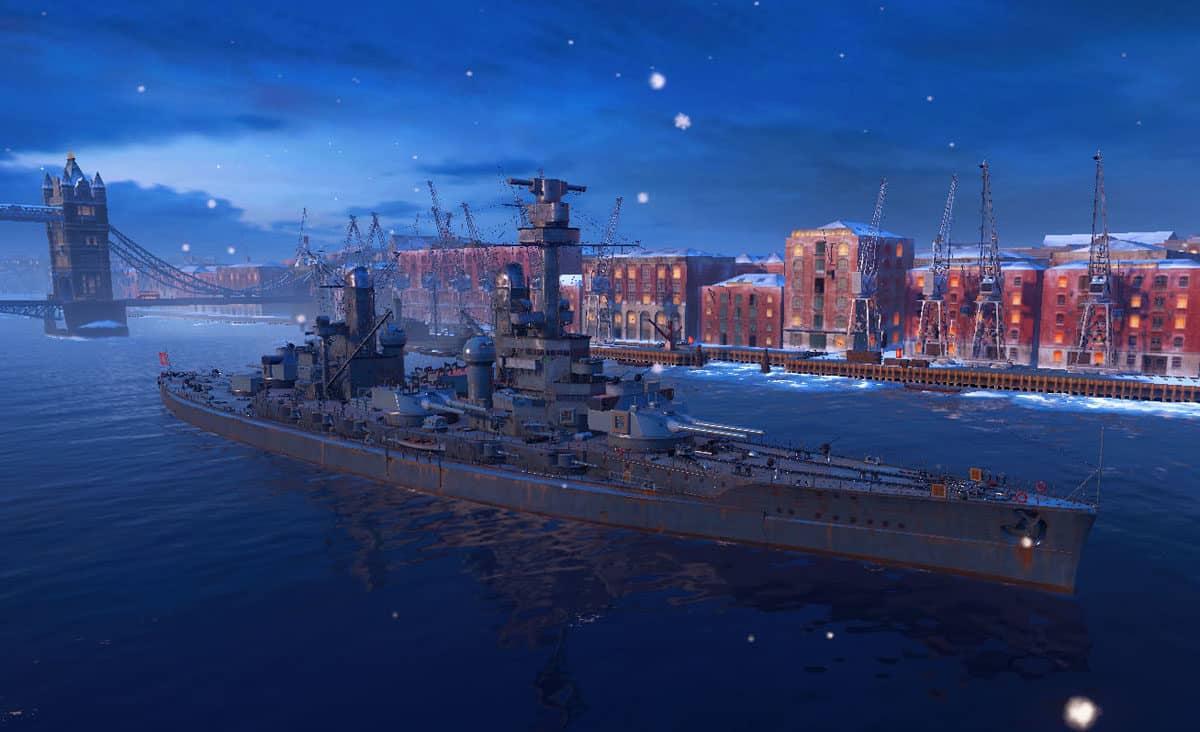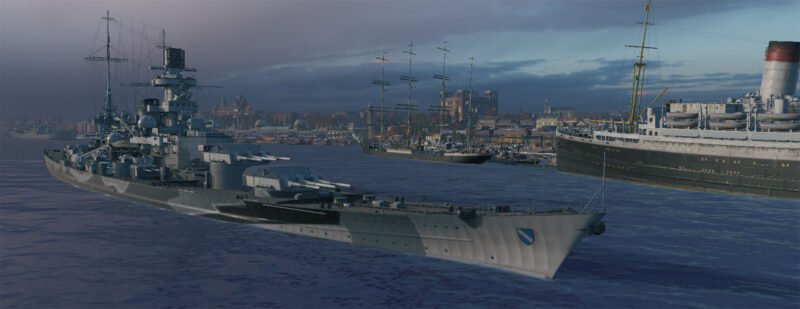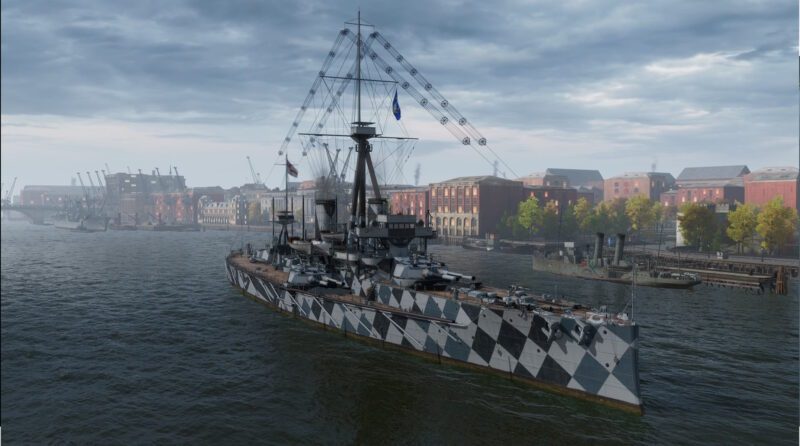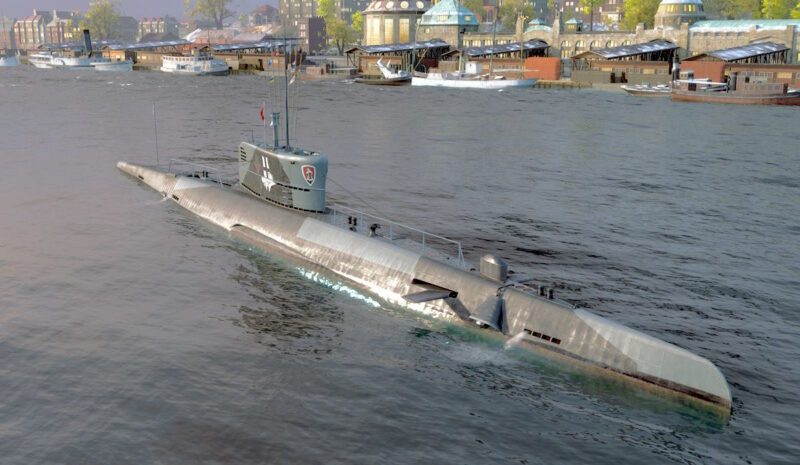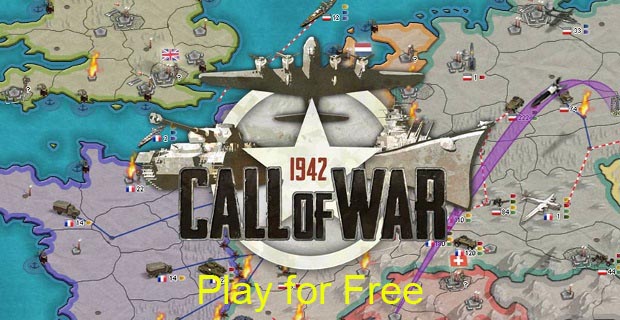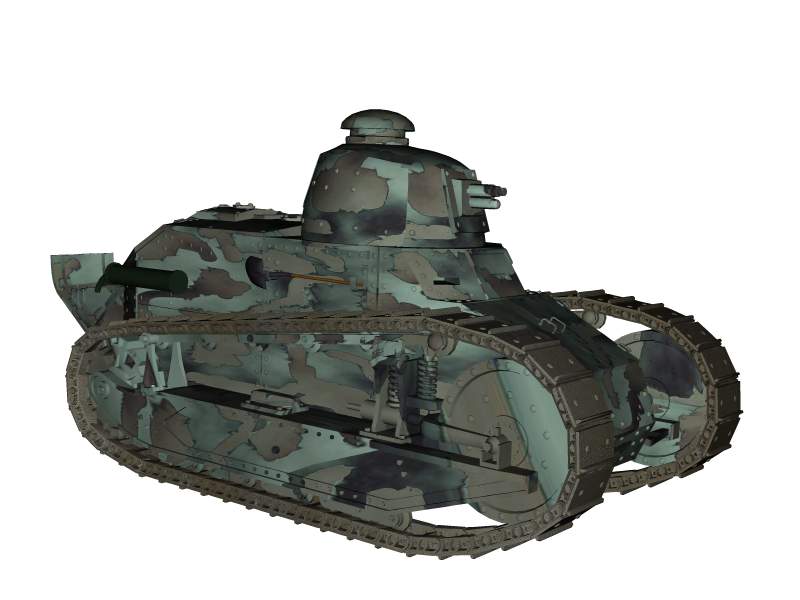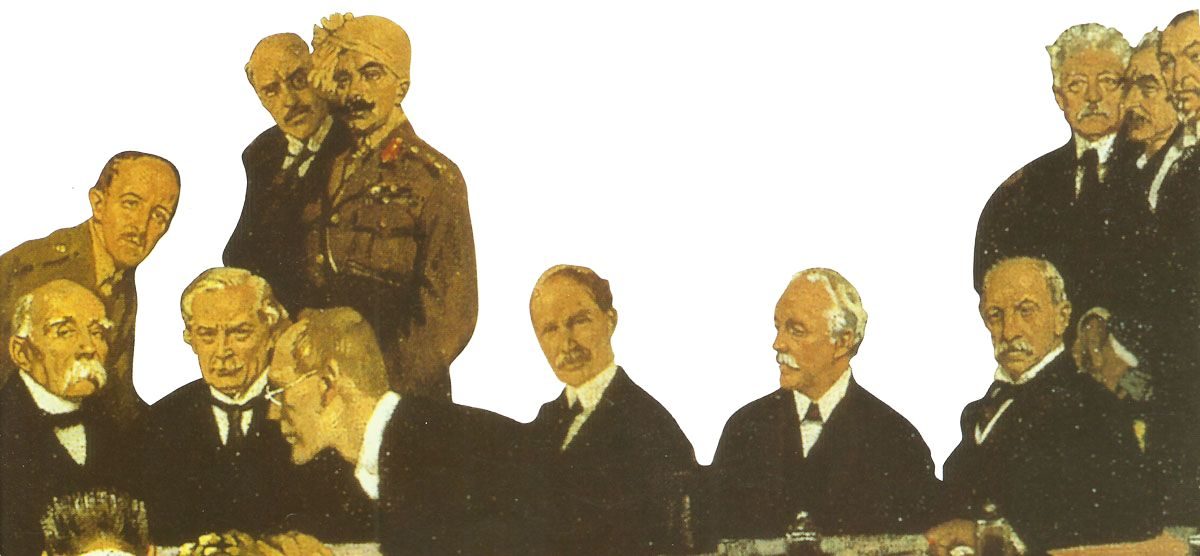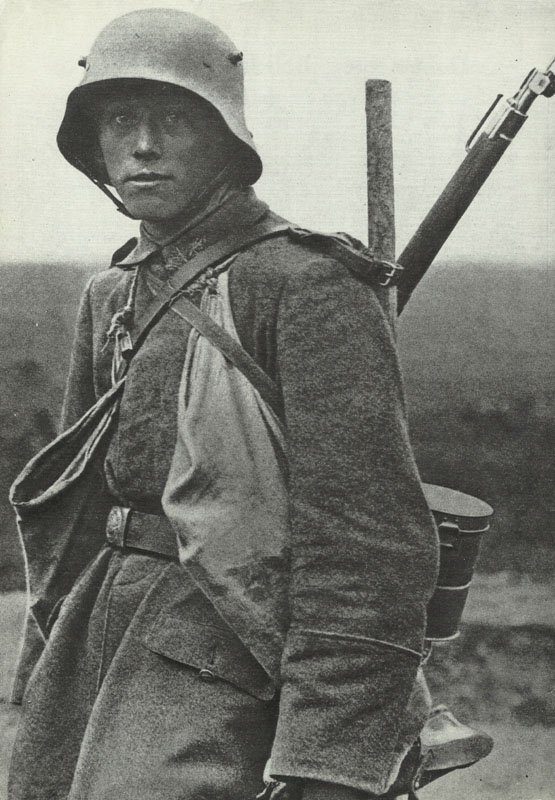Class ship of the British dreadnoughts of the Orion class (1910): Orion, Monarch, Conqueror, Thunderer.
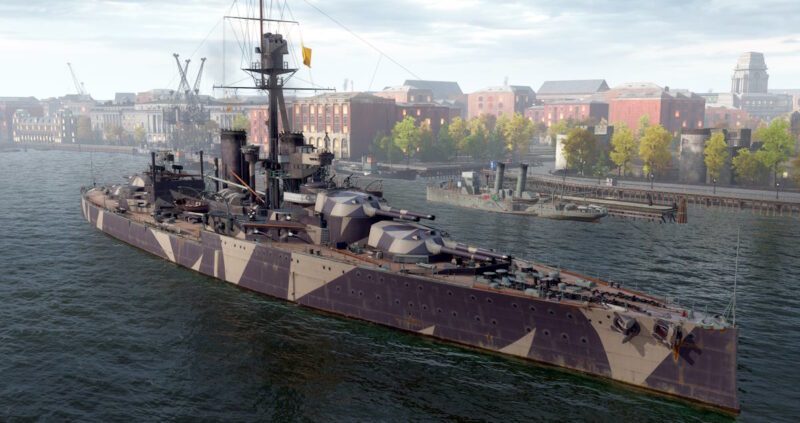
HMS Orion
Table of Contents
HMS Orion, the trailblazer of her namesake class of dreadnought battleships (Monarch, Conqueror and Thunderer next to Orion), holds a distinguished place in British naval history. Constructed at HM Dockyard in Portsmouth, the warship was launched in August of 1910 and dutifully served the Royal Navy through the tempestuous times of the early 20th century. Named after the storied hunter from mythology, Orion was a formidable force in the water with her advanced armament that included massive twin 13.5-inch guns, an array of smaller 4-inch guns, and depth-charging torpedo tubes.
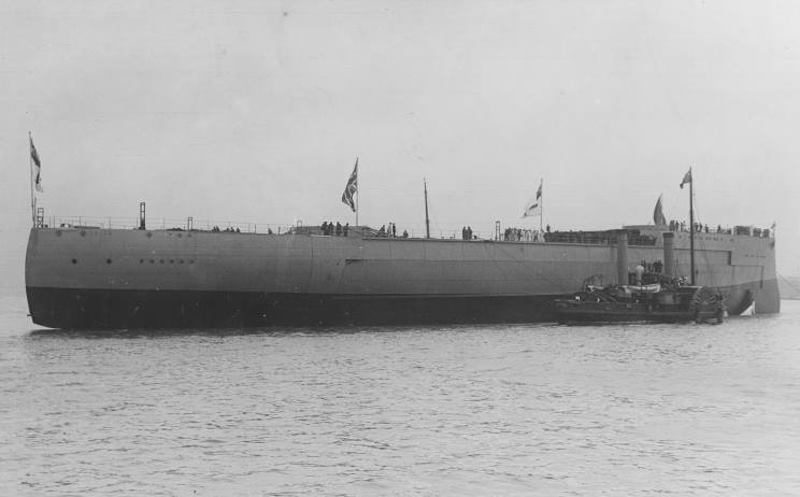
Throughout World War I, Orion’s presence was felt across the waves, from her participation in the Battle of Jutland to monitoring the icy expanses of the North Sea. She exemplified British maritime might during a period marked by the intense Anglo-German naval arms race and was a central player in the sweeping naval strategy that characterized the United Kingdom approach to maritime dominance. Post-war, the vessel continued to serve with distinction, transitioning to a gunnery training role before finally being decommissioned and dismantled in 1922.
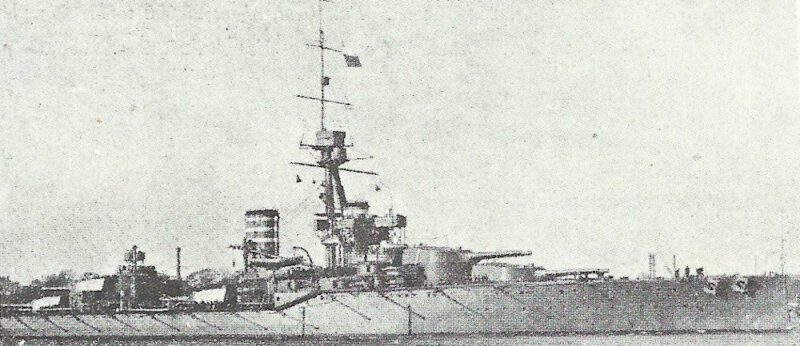
Configuration and Specifications
The design and specifications of the HMS Orion were carefully crafted to ensure its effectiveness as a battleship. With a displacement of 22,200 tons, the Orion was a formidable presence on the seas. Its impressive length of approximately 581 feet allowed for a spacious interior, accommodating the various compartments and machinery required for its operation.
One of the most notable advancements of the Orion was its propulsion system. Powered by steam turbines, the battleship was at the forefront of naval propulsion technology. This innovative system provided the Orion with a top speed of 21 knots, allowing it to swiftly navigate the waters with ease.
Weaponry and Defense
This battleship class showcased an impressive offensive system, featuring ten 13.5-inch guns, arranged in five twin gun turrets located along the ship’s central axis. These turrets were identified from bow to stern as A, B, Q, X, and Y.
These guns had a range of over 20,000 yards and were capable of firing high-explosive shells weighing up to 1,250 pounds. This immense firepower allowed the ship to engage enemy vessels at long distances and inflict significant damage.
The artillery was complemented by sixteen 4-inch secondary guns, which were evenly distributed across the vessel’s fore and aft structures. The vessels were also equipped for underwater combat, sporting three 21-inch submerged torpedo tubes, with an arsenal of 20 torpedoes at their disposal.
The ships were designed to be formidable in defense, incorporating a 12-inch thick belt along the waterline for substantial protection. Deck armor thickness varied from 1 to 4 inches, offering robust safeguarding for critical areas such as the steering compartment. The main turrets boasted 11-inch thick faces and were supported by barbettes with a thickness of 10 inches.
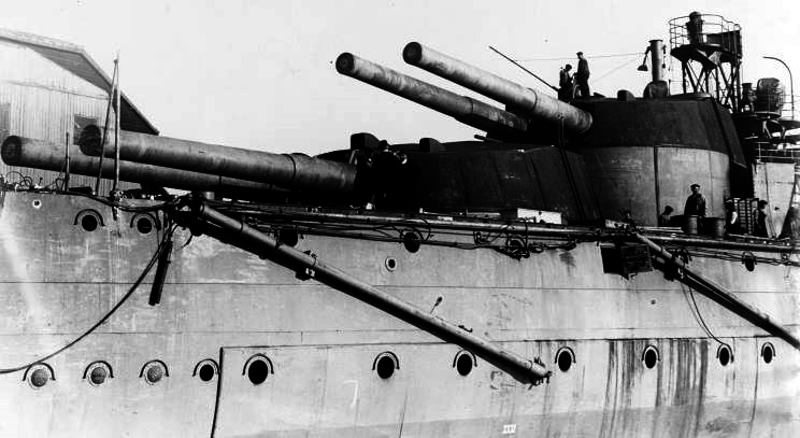
Alterations and Enhancements
Through their service life, these battleships underwent several modifications. Casemates were added to envelop the shelter-deck guns by 1914 and a pair of 3-inch anti-aircraft guns were installed by October of the same year. To improve combat directing ability, a fire-control director was positioned just beneath the spotting top in 1915. Responding to the lessons from the Battle of Jutland, additional deck fortification was added in 1916. In the same period, three of the 4-inch guns from the aft superstructure were removed, and the ship was adapted for launching and managing kite balloons.
Unique to the class, Orion acquired a secondary armament director in the mid-to-late 1917 period, being the only Royal Navy battleship fitted with one at the time. Two platforms for launching aircraft were installed on turrets B and Q in the years of 1917 and 1918, extending over the barrels. By 1921, the forward superstructure was outfitted with a high-angle rangefinder, enhancing the ship’s precision in combat.

Building and Service History
The massive battleship HMS Orion, completed and commissioned in January 1912, was a significant advance in the technology and firepower of the British Navy.
She was initially deployed as part of the 2nd Division of the Home Fleet and was eventually transferred to the 2nd Battle Squadron.
Her early days were not without incident; she collided slightly with HMS Revenge, but suffered only minimal damage.
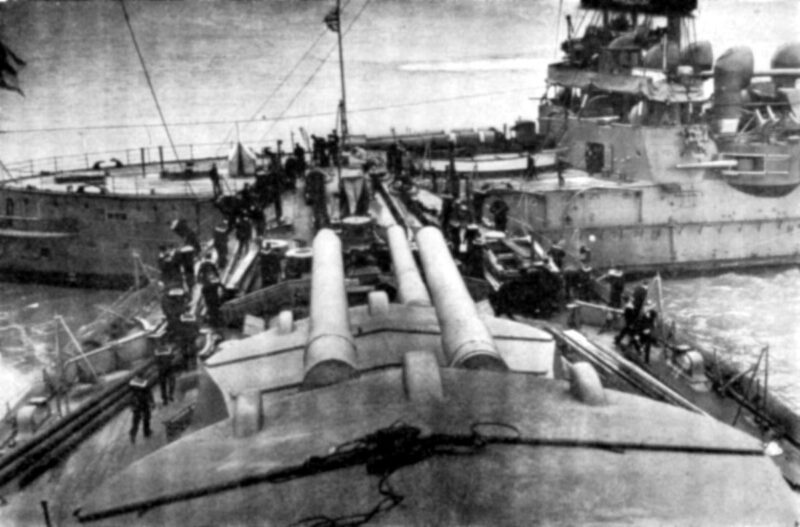
The Orion’s capabilities were put to the test in firing trials that emphasized the importance of the ship’s fire control systems, an element that has been refined over time.
Engagements in the Great War
As tensions in Europe escalated, HMS Orion took part in fleet mobilizations during the July Crisis of 1914, preluding the outbreak of World War I. Following the war’s declaration, the Grand Fleet formed the nexus of British sea power, with HMS Orion incorporated as part of its formidable assembly.
It wasn’t long before she was apparently under attack from German U-boats as these new threats were reported in British waters. HMS Orion and her other dreadnoughts moved their bases as a precaution against this underwater threat, underlining the ever-evolving nature of warfare.
Important encounters and activities:
1914: integration into the ‘Grand Fleet’, anti-submarine maneuvers, relocation of bases to increase security.
In December 1914, Room 40 of the Royal Navy collected detailed plans for an imminent attack by German naval forces on coastal cities. HMS Orion was part of the 2nd Battle Squadron, which was to repel this advance.
Heavy seas and darkness led to a chaotic encounter in which communication errors and miscalculations led to an inconclusive skirmish in which HMS Orion did not open fire due to command decisions.
1915: Gunnery exercises, fleet support operations in the North Sea, refitting and maintenance work in Devonport.
In the years that followed, HMS Orion continued to operate, taking part in the incessant patrols, exercises and supporting operations that made up a large part of naval operations during the war.
1916: Responses to attacks by German light naval units, patrols and training.
In February 1916, she was involved in the ‘Grand Fleet’ response to a raid near Dogger Bank, demonstrating the constant vigilance required even when there was no major combat.
Participation in the Battle of Jutland. Although the ship was damaged during the battle, it was put back into service after repairs.
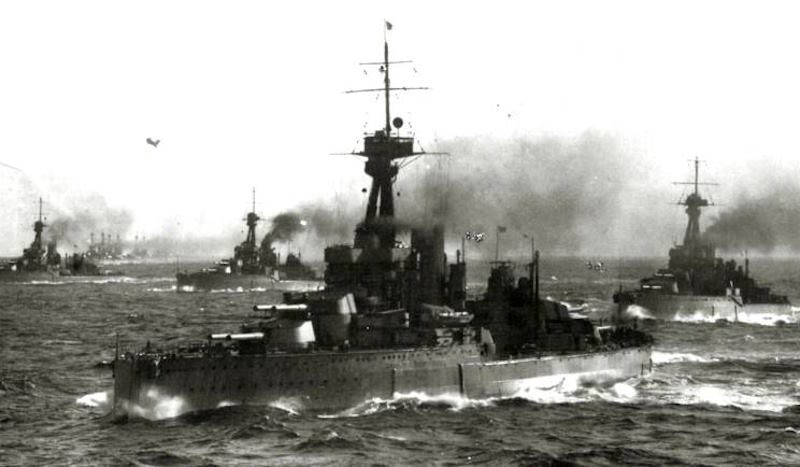
A notable challenge for battleships like HMS Orion during the Great War was not solely from high-stakes confrontations but the ongoing demands of readiness, maintenance, and adaptations to new threat environments. The ship’s service during this era underscores the relentless tempo of naval operations during World War I, far beyond the famed battles and into the routine yet critical tasks that formed the backbone of naval strategy.
As peace returned, the need for such extensive naval might dwindled. HMS Orion eventually found herself relegated to a training role, focusing on gunnery, before joining the Reserve Fleet. Her final chapter was marked not by the roar of cannons, but by the quiet stripping of usable parts and materials as she was sold for scrap—a common fate for many ships of her era.
Role in the post-war period: training ship.
Final decommissioning: Sold for scrapping.
The service history of HMS Orion during the First World War and subsequent years provides a window into the life of a Royal Navy battleship. From the height of strategic naval importance to the subsequent decline into reserve status and disposition, HMS Orion’s journey mirrors the ebb and flow of maritime combat and strategy in the early twentieth century.
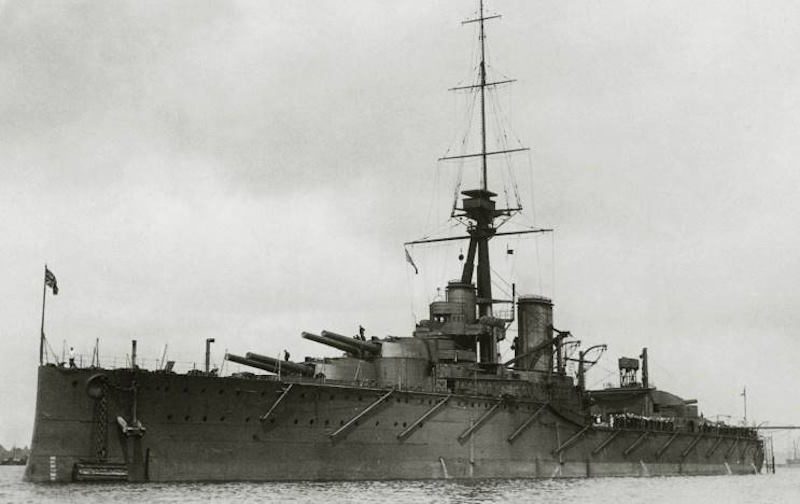
Specifications
HMS Orion | Specification |
|---|---|
Displacement | 21,922 long tons / 22,274 t (normal) |
Dimensions length | 581 ft / 177.1 m (overall) |
Dimensions beam | 88 ft 6 in (27.0 m) |
Dimensions draught | 31 ft 3 in (9.5 m) |
Propulsion | 18 Babock&Wilcox Boilers; 2x2 steam turbines with 4 shafts |
Power | 27,000 hp |
Fuel supply | ? |
Speed | 21 kts |
Range | 6,730 sm at 10 kts |
Main armament | 10 × 13.5-inch (343 mm) guns |
Secondary armament | 16 × 4-inch (102 mm) guns |
Anti-aircraft | 2 x 3-inch (76 mm) |
Torpedo tubes | 3 × 21-inch (533 mm) torpedo tubes |
Armour belt | 12 in (305 mm) |
Armour belt ship ends | ? |
Armour upper deck | 1–4 in (25–102 mm) |
Armour lower deck | 1–4 in (25–102 mm) |
Armor main gun turrets | 11 in (280 mm) |
Armor barbettes | 10 in (254 mm) |
Complement | 738 (1916: 1,107) |
Laid down | November 29, 1909 (Portsmouth Dockyard) |
Launched | August 20, 1910 |
Completed | Januar 2, 1912 |
Remaining | Decommissioned March 1922; sold for scrapped December 19, 1922 |
References and literature
Jane’s Fighting Ships of Word War I
The Illustrated Directory of Warships from 1860 to the present day (David Miller)
Atlas zur Seefahrts-Geschichte (Christopher Loyd)
Seemacht – eine Seekriegsgeschichte von der Antike bis zur Gegenwart (Elmar B. Potter, Admiral Chester W.Nimitz)
The Illustrated Directory of Warships from 1860 to the present day (David Miller)
HMS Orion in World of Warships
Video of the action of the HMS Orion in the FSP game World of Warships with six sunk vessels.
HMS Orion is my favorite ship in the free-to-play game World of Warships when I have a bad day in the high-tier area.
The British dreadnought is set to Tier IV, which means the ship can only face enemies up to a maximum of Tier V, instead of ships up to two classes stronger – as is so often the case with ships from Tier V to VIII.
Equipped with highly effective incendiary ammunition, the Orion can take down destroyers, cruisers and even Tier V battleships. If the captain is also effectively optimized for air defence, even the numerous aircraft carriers on Tier IV are not a serious problem.
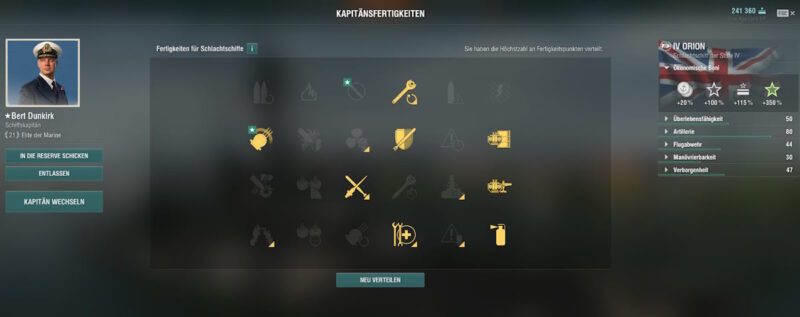
With a specialized and high-ranking captain, the ship is guaranteed to burn down numerous enemies and knock planes out of the sky to make you instantly forget the frustration of losing a high-tier battle!
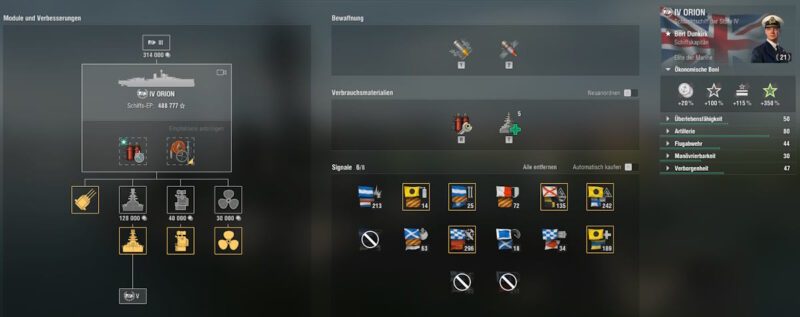
If you are new to World of Warships, you can download the free game client here:
You will receive the following bonus if you register via the link:
The US cruiser St Louis (rank III) and German light cruiser Emden (rank II), 7 days premium time, 200 doubloons, 20 special camouflage and 2.5 million credits in-game currency.



